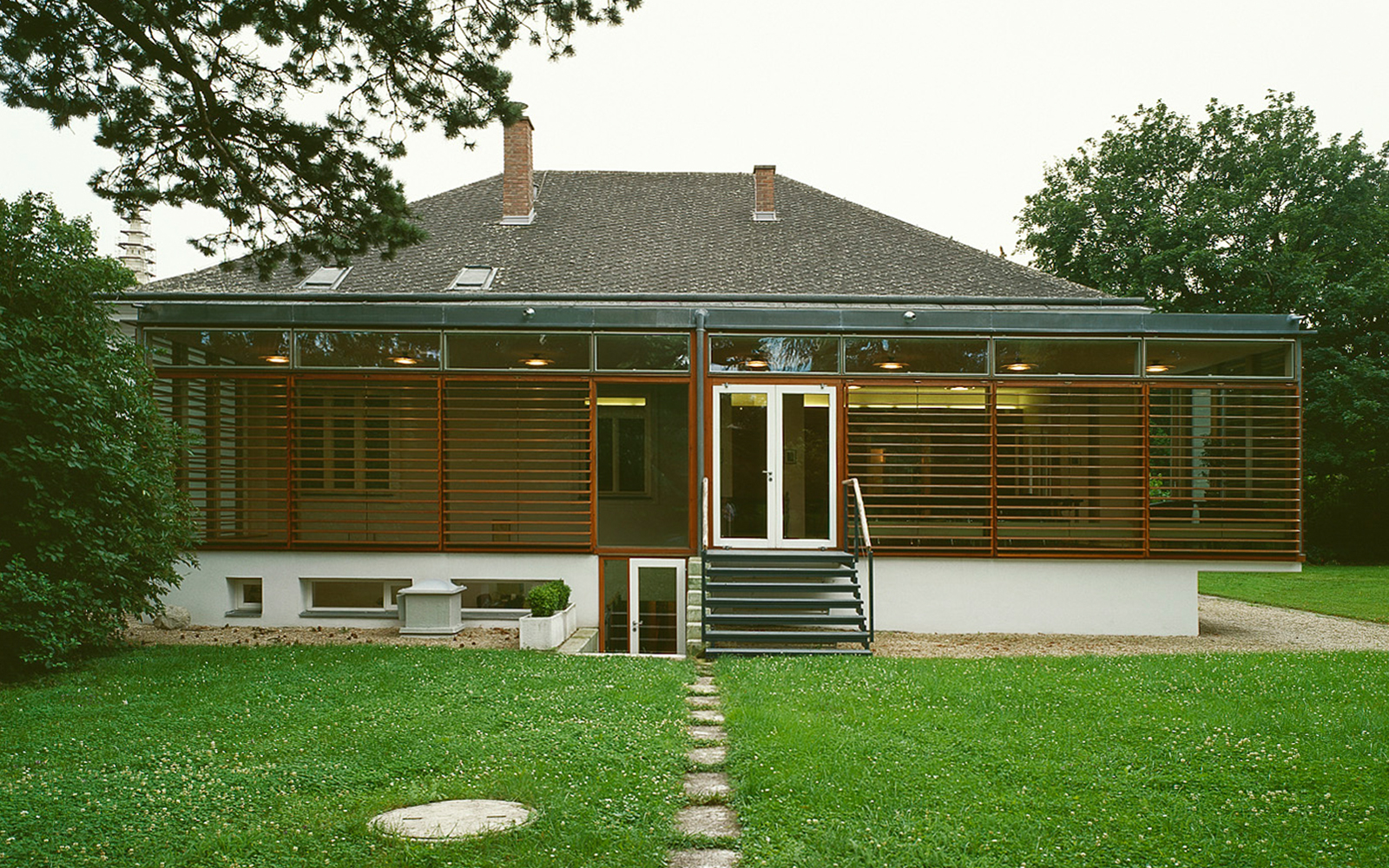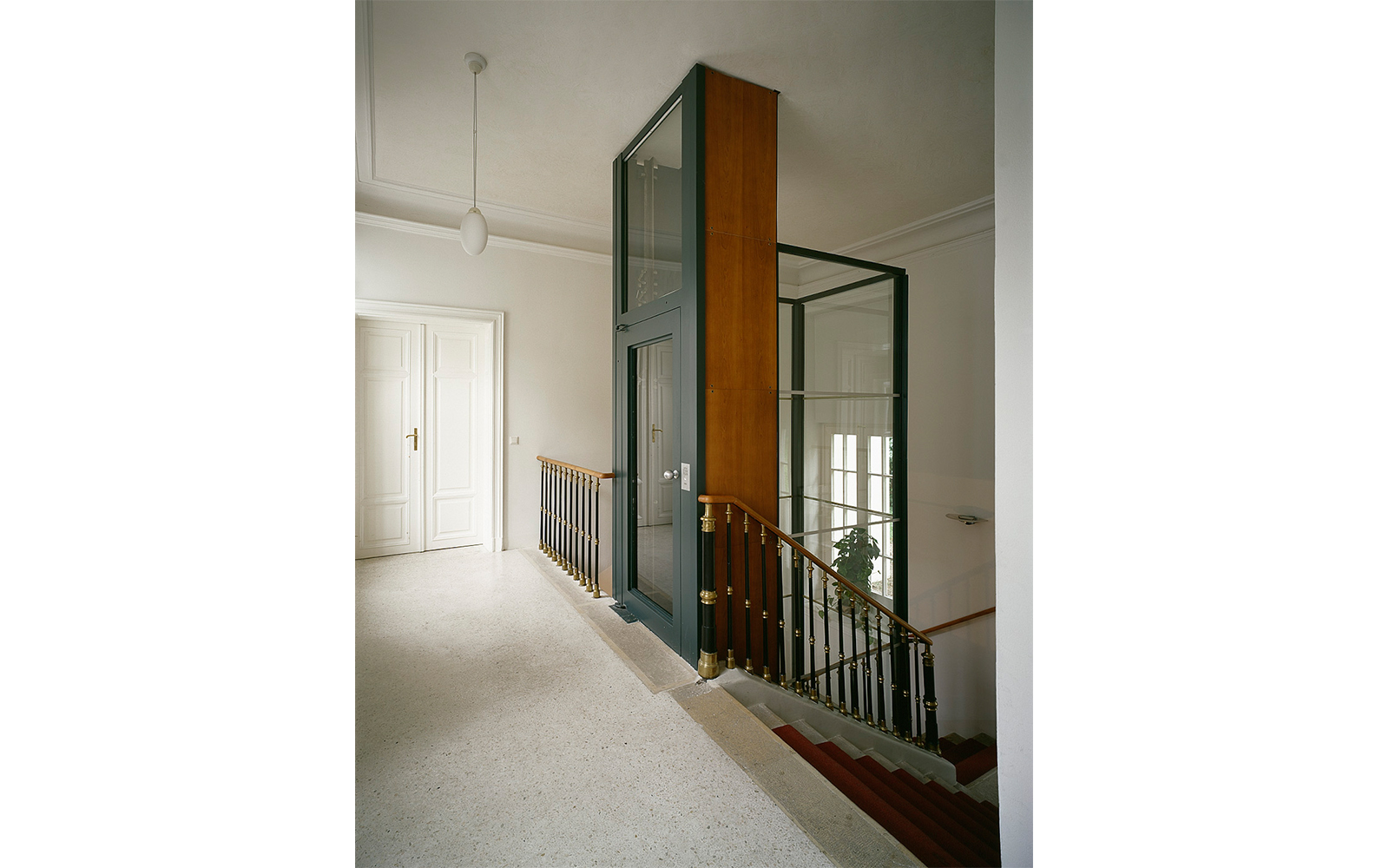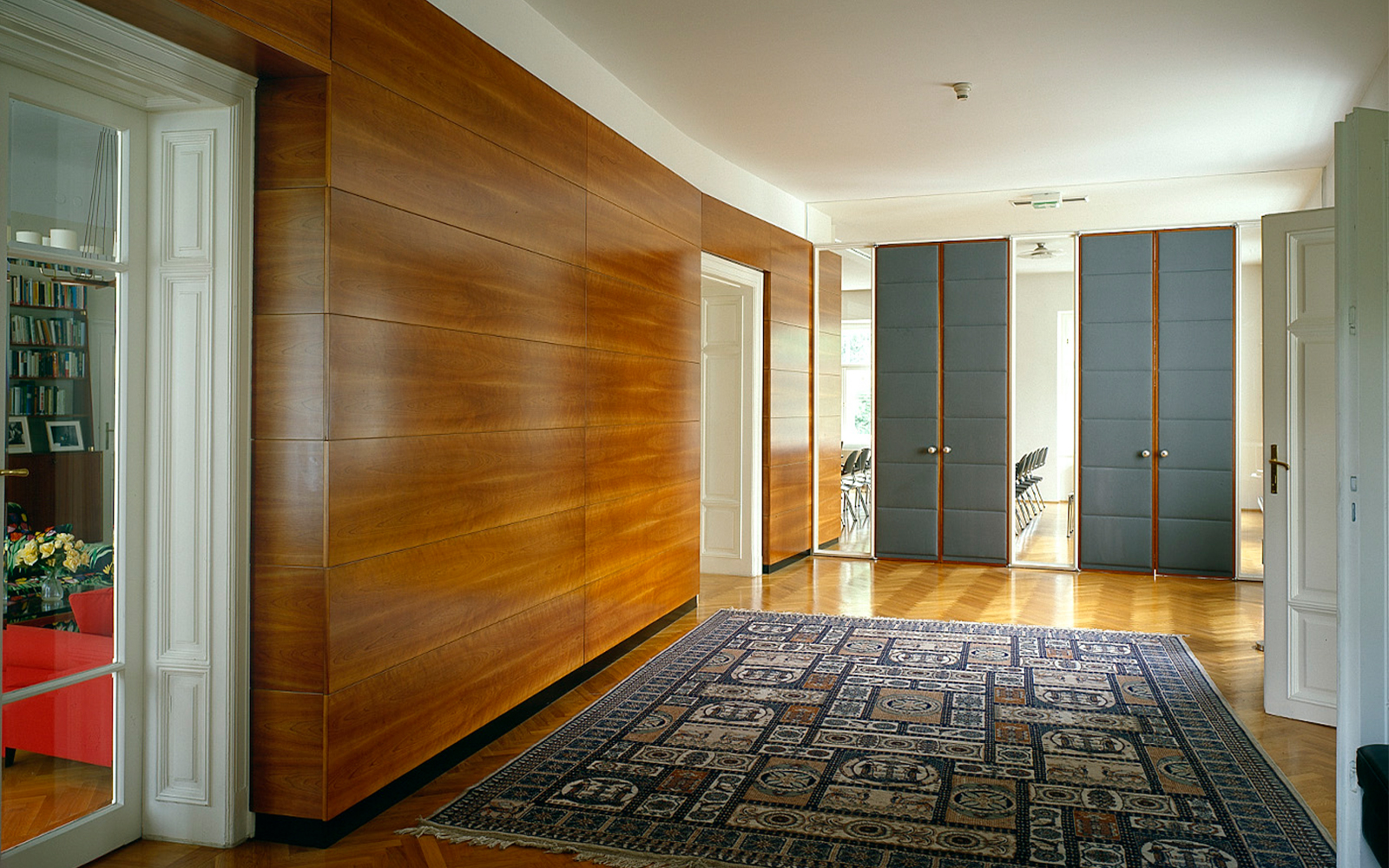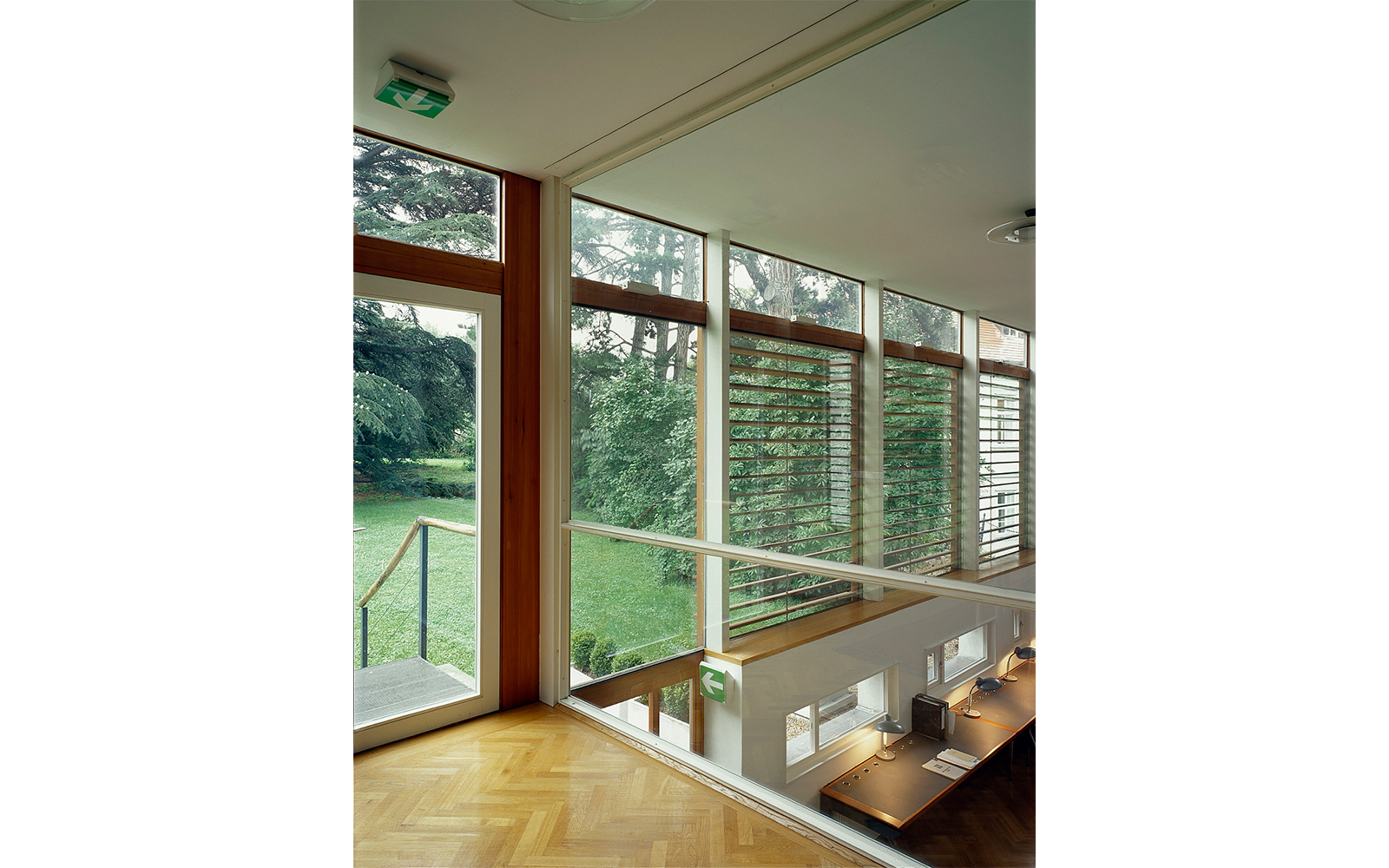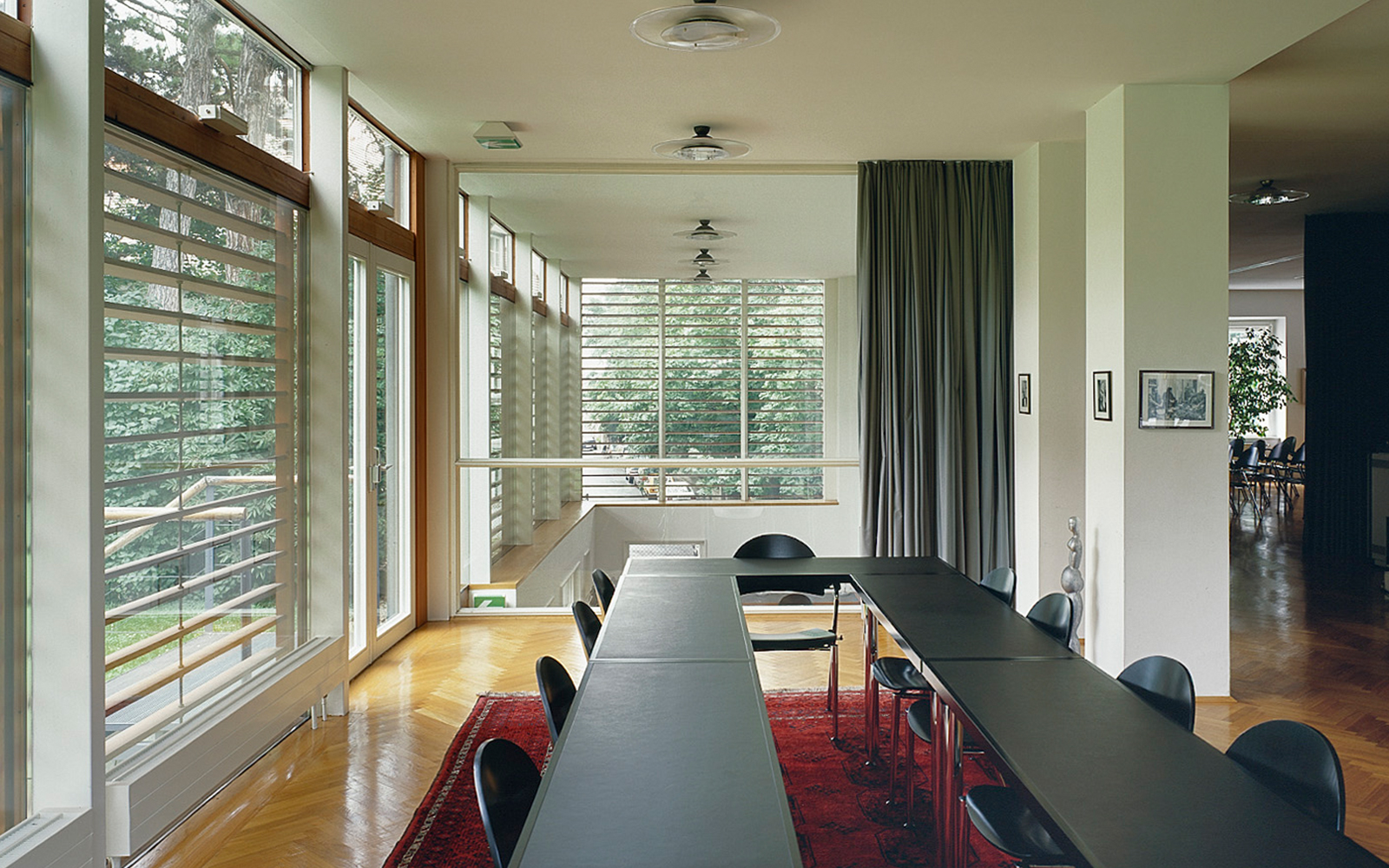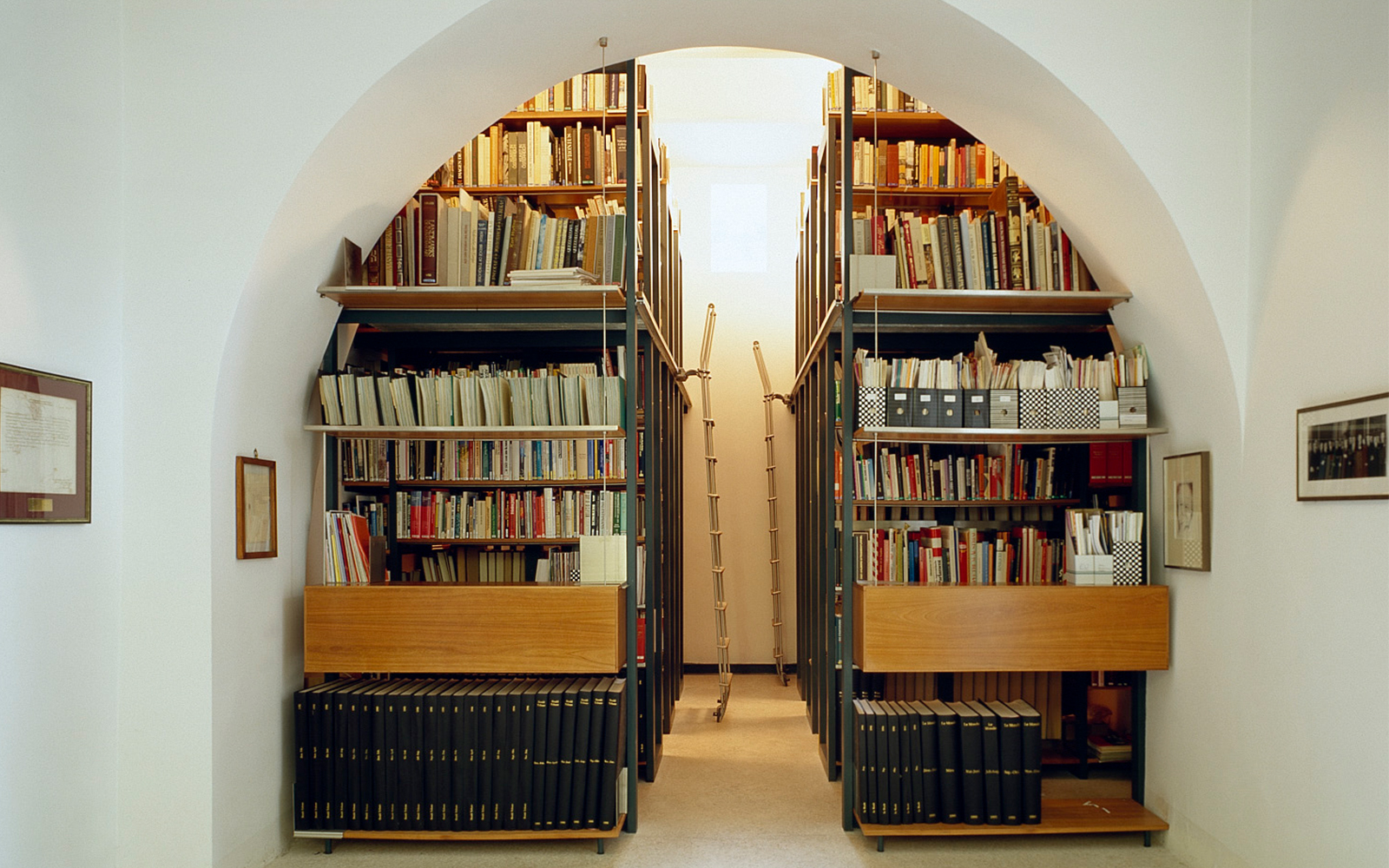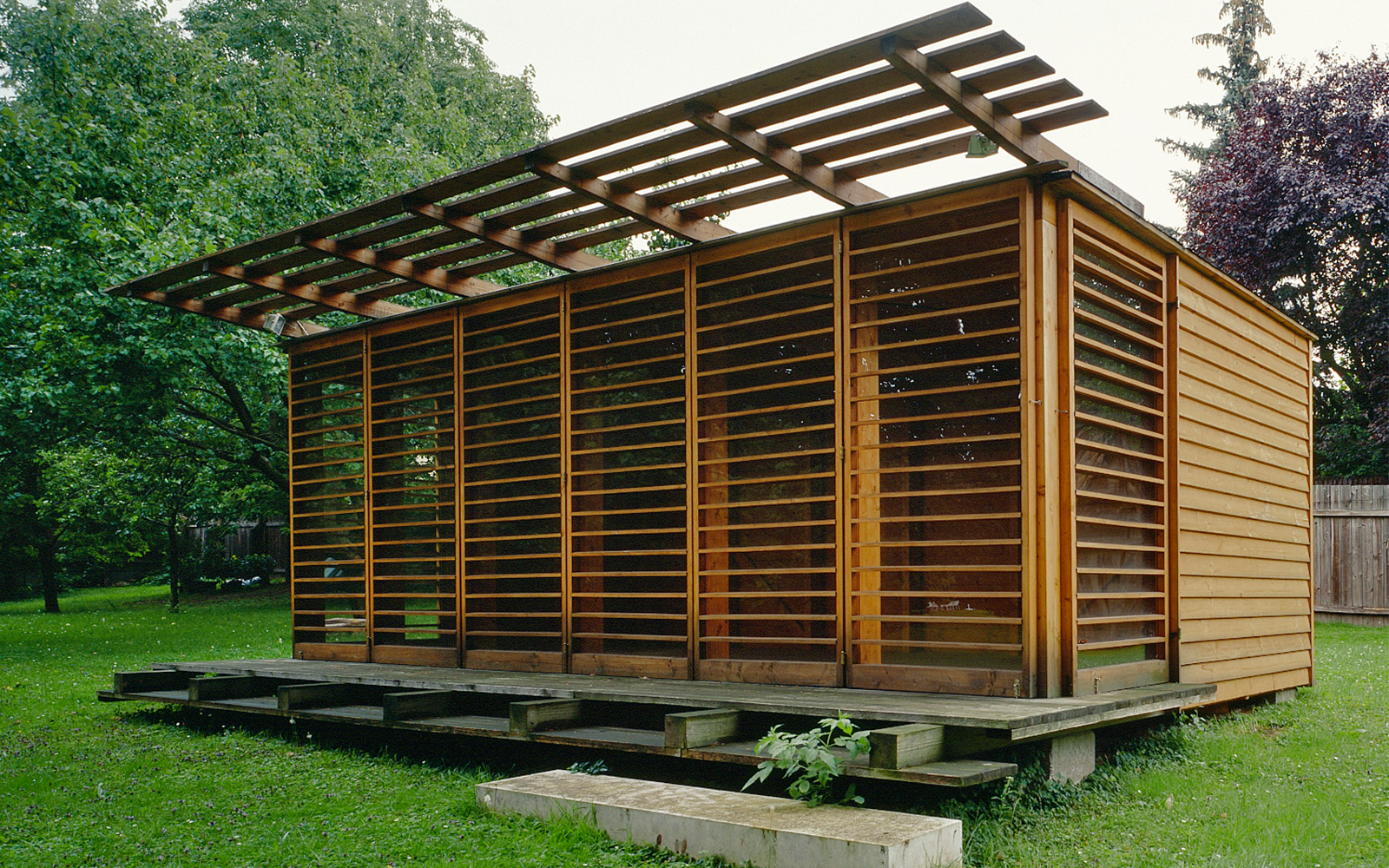Bruno Kreisky Forum
1993
1993
Armbrustergasse 15, 1190 Vienna
Client: Stiftung Bruno Kreisky Forum
Surface area: 650 m²
Structural design: Helmuth Locher
Photos: Margherita Spiluttini
After the death of the former Austrian Chancellor Bruno Kreisky, his residence, which for decades had been a venue for international and national meetings as well as a centre for political decision-making, was adapted and transformed into a modern forum for dialogue and exchange.
Those elements of the house which are dating back to the Biedermeier period and which the public is familiar, have been preserved as far as possible in order to capture the aura surrounding the house.
The basement is divided into administrative areas and the library, which is connected via a reading room to the veranda attached to the garden side on the upper floor. This veranda serves both as an interior and exterior space and leads to the garden with its centuries-old trees, some of which are classified as protected by law, including the legendary Lebanon cedar, which was planted at the time of the Congress of Vienna in 1815.
On the upper floor, five seminar rooms or, alternatively, a lecture hall with 140 seats can be set up with the help of mobile partition walls. The interior wall shell, which, like the partition walls, is made of walnut, has been designed to straighten out niches in the masonry and provides storage space. In the living room, the original furniture was left in place and complemented with selected items, thus preserving the personal touch of the prominent occupant for future generations. "The spirit of a person who has always thought in modern terms has been given a contemporary ambience through this architecture, a venue, where intellectual discussion of current political problems, where dialogue in Kreisky's sense can take place adequately, without pomp but with dignity." (Quote: Judith Eiblmayr, Die große Sprache unserer Zeit, in: Architektur & Bauforum No. 157/1993)
Those elements of the house which are dating back to the Biedermeier period and which the public is familiar, have been preserved as far as possible in order to capture the aura surrounding the house.
The basement is divided into administrative areas and the library, which is connected via a reading room to the veranda attached to the garden side on the upper floor. This veranda serves both as an interior and exterior space and leads to the garden with its centuries-old trees, some of which are classified as protected by law, including the legendary Lebanon cedar, which was planted at the time of the Congress of Vienna in 1815.
On the upper floor, five seminar rooms or, alternatively, a lecture hall with 140 seats can be set up with the help of mobile partition walls. The interior wall shell, which, like the partition walls, is made of walnut, has been designed to straighten out niches in the masonry and provides storage space. In the living room, the original furniture was left in place and complemented with selected items, thus preserving the personal touch of the prominent occupant for future generations. "The spirit of a person who has always thought in modern terms has been given a contemporary ambience through this architecture, a venue, where intellectual discussion of current political problems, where dialogue in Kreisky's sense can take place adequately, without pomp but with dignity." (Quote: Judith Eiblmayr, Die große Sprache unserer Zeit, in: Architektur & Bauforum No. 157/1993)
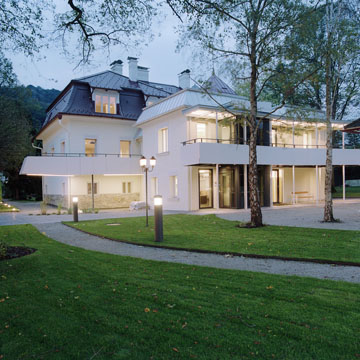
Private Museum
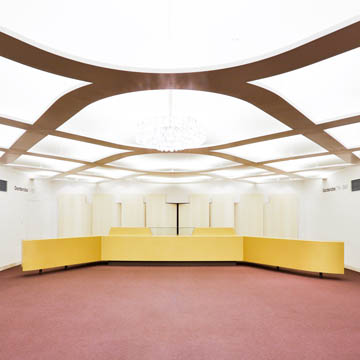
State Theatre of the Federal Province of Lower Austria
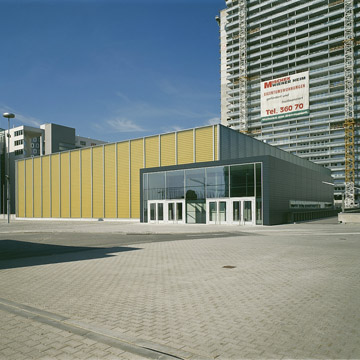
Exhibition Hall Austria Center Vienna
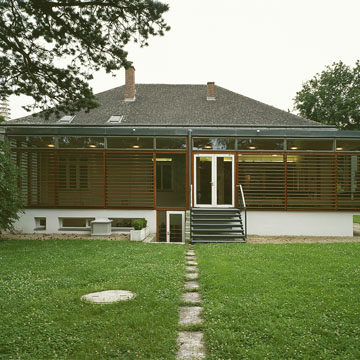
Bruno Kreisky Forum




